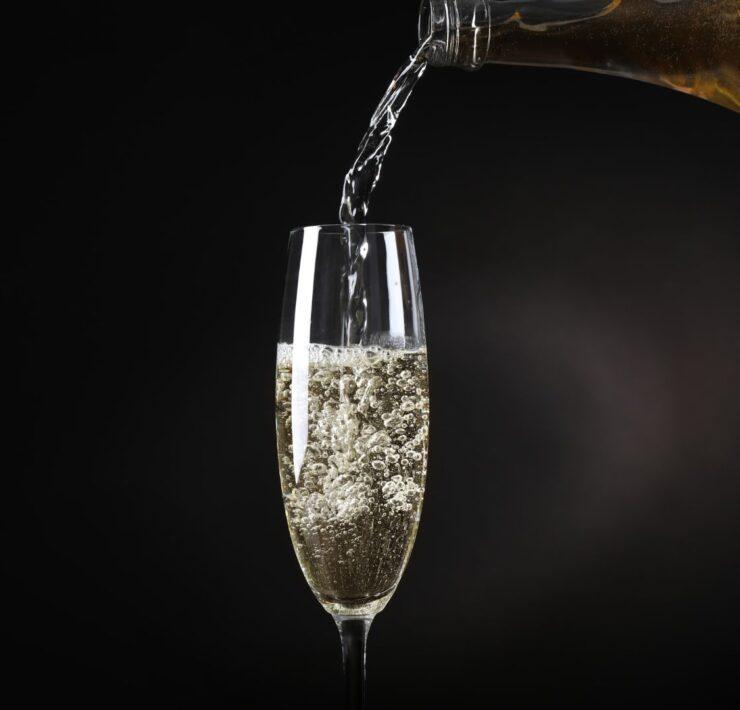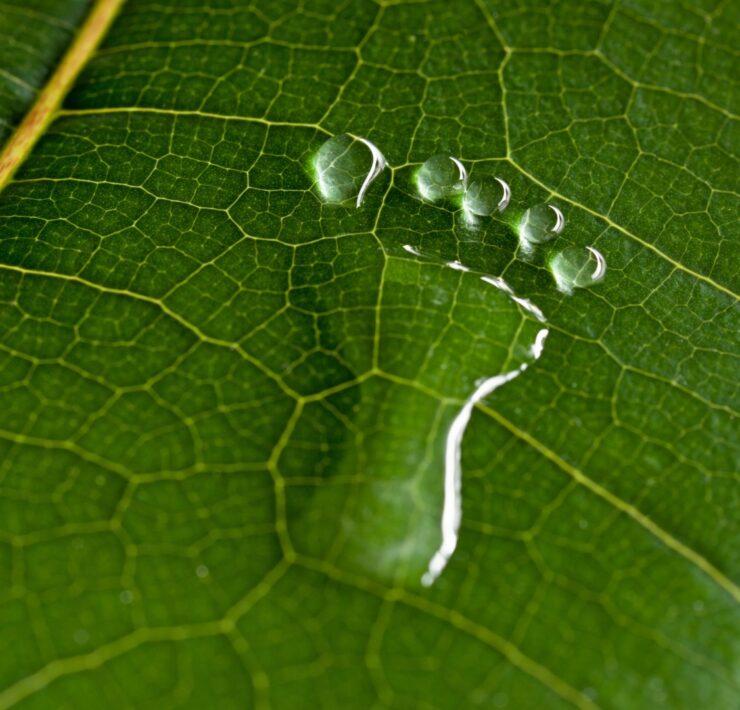There’s a depth of knowledge that is limitless in the world of wine. Wine professionals can immerse themselves in centuries of history that can include everything from wine law, varietal characteristics, terroir, and of course, winemaking methods. Today, we’re diving deep into the throws of sparkling winemaking methods.
From France to Italy and across the globe, several methods determine sparkling wine’s flavor profile, consistency, and identity.
Sparkling Winemaking Methods Overview
The Champagne winemaking method is widely thought to be the highest quality way to make sparkling wine. Outside of the Champagne region, it’s known as the traditional method. From start to finish, this method takes the longest because of aging requirements and time-consuming steps like hand-riddling (further explanation below). These reasons can also translate to a higher price at the till. This method includes lees aging (where dead yeast cells sit in contact with the wine for an extended period), producing a wine with a prevalent autolytic character. Wine made in the Champagne and traditional method often exudes aromas and flavors of brioche and butter along with a creamy textural mouthfeel.
The ancestral method is the earliest form of making sparkling wine and shares many of the same steps as the traditional method. However, it excludes the tirage step and doesn’t see the addition of dosage (more on those terms below).
Wine that goes through the transfer method also shares many of the initial steps in the traditional method. The main differences happen following the transfer of wine from the bottle to the tank after the secondary fermentation.
Tank Methods
Prosecco is the shining star of wine that goes through the Charmat method. Most of the steps for this method, including secondary fermentation, occur inside a stainless steel tank. It’s not nearly as time-consuming as other methods, which is predominantly the reason for Prosecco’s more affordable price tag.
The continuous method is the least common of the six sparkling winemaking methods. With origins in Russia, only a few large European producers use this method. It gets its name because yeast is continuously added to wine in a pressurized tank. When it reaches the desired pressure level, it continues to a second and third tank for its final stages.
And finally, the carbonation method is the most simple and cost-effective sparkling winemaking method. Because it doesn’t go through a secondary fermentation, carbon dioxide is simply added to the still base wine. An easy way to describe this is to think of it like soda.
Sparkling Winemaking Methods Steps
For wine newbies, the different kinds of sparkling wine and the methods in which they’re made can be overwhelming. The following is a breakdown of the various stages of making sparkling wine and an explanation of how each process differs.
Preliminary Stages of Making Sparkling Wine
All sparkling wine begins the same way, with a still base wine. In other words, no bubbles. The base wine can be a single varietal, like Glera, which makes Prosecco, or it can be a blend of permissible grapes from a specific winegrowing region, like Champagne or Cava.
All sparkling winemaking methods, except the carbonation method, create their bubbles from secondary fermentation. The addition of yeast and sugar, aka liqueur de tirage, drives the fermentation.
Many believe the ancestral method to be the earliest form of making sparkling wine. It’s also the exception to the tirage step. The winemaker stops the first fermentation for this method, and the bottle receives a temporary crown cap. The initial fermentation finishes inside the bottle and produces carbon dioxide (CO2), aka the bubbles.
Following the addition of the liqueur de tirage, traditional method and transfer method wine goes to the bottling line and receives a temporary crown cap. Wine made using other methods goes into a tank.

Secondary Fermentation
As noted above, the carbonation in sparkling wine develop after combining yeast and sugar. Together, they produce carbon dioxide (CO2). This fizzy marriage happens in one of two places: inside the wine bottle or a pressurized steel tank.

Secondary Stages of Making Sparkling Wine
The secondary stages of sparkling winemaking are where the most differences occur. A wine already in the bottle and has completed secondary fermentation lays down to rest with the dead yeast cells (lees) still inside. Lees aging can last anywhere from 9 months to a handful of years.
After lees aging is complete, winemakers proceeding with the traditional and ancestral methods will remove the lees sediment with a riddling process. The producer inverts the bottles onto a rack. The riddler (a person whose sole job is to riddle) turns the bottles by hand so that the lees eventually settle in the neck of the bottle. This process can take several weeks or months, which is why many producers have moved to mechanize this step, which significantly cuts down on production time.
To remove the lees from the bottle, the neck of the bottle is frozen. The pressure inside the bottle then forces the sediment out. A mixture of sugar and wine is added (dosage), along with the final cork.
The transfer method is similar. But instead of riddling and adding dosage, the winemaker empties the wine into a tank. Pressurized filters remove the lees inside the tank before the wine proceeds to the final stages of bottling and corking.
For the Charmat method, the wine goes through a filter inside a tank before the winemaker adds the dosage.

Final Stages of Making Sparkling Wine
The continuous method sees the most activity in the final stages. After reaching the desired pressure level in the first tank, the wine goes into a second tank. There, yeast enrichments attach to the lees, allowing the lees’ autolytic character (like butter and brioche) to integrate into the wine. The wine transfers to a third tank, where the yeasts and enrichments are clarified before the final bottling and corking.
The carbonation method, which has seen little activity until now, also sees the most action near the final stages. After receiving CO2, the wine goes through stabilization. It’s then bottled and receives its final cork.

SOMM TV brings our love for sparkling wine to a new cooking and wine competition show, SPARKLERS. Coming this summer, challengers show off their cooking skills and sparkling wine know-how, all while creating dishes using everything from artisanal honey to snail eggs. Keep your eye out for this unconventional and incredibly entertaining competition show.











